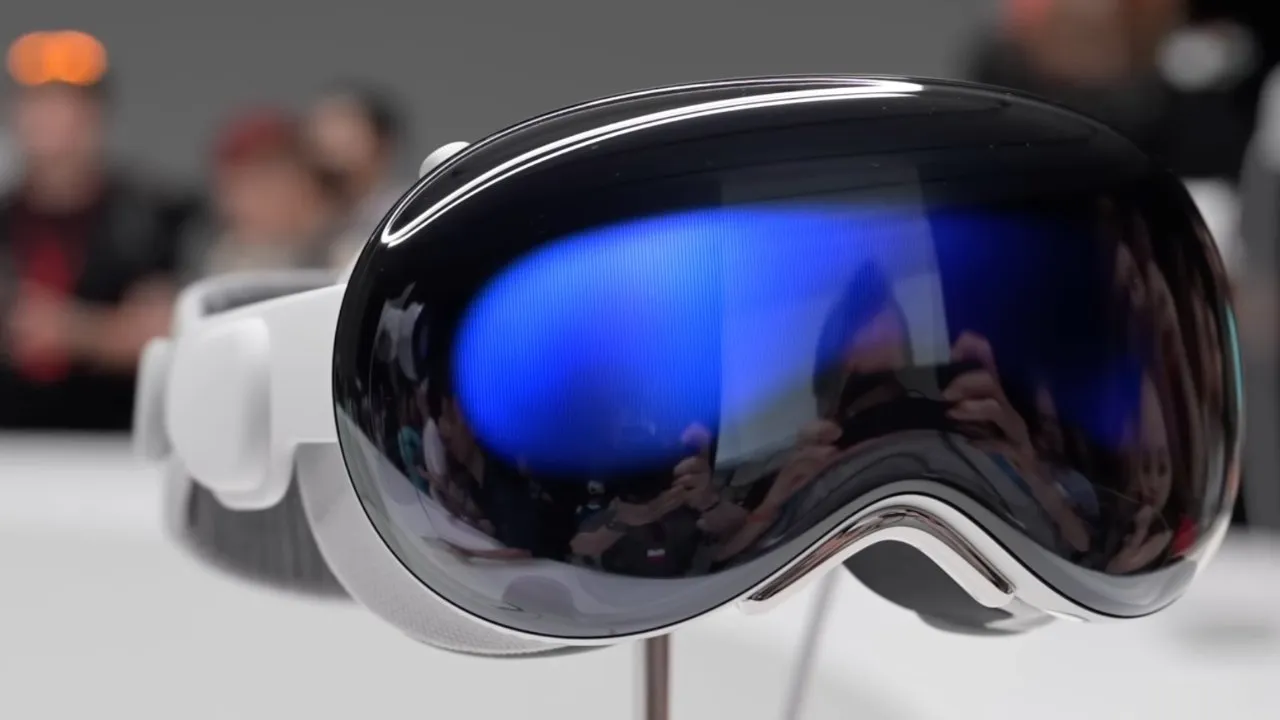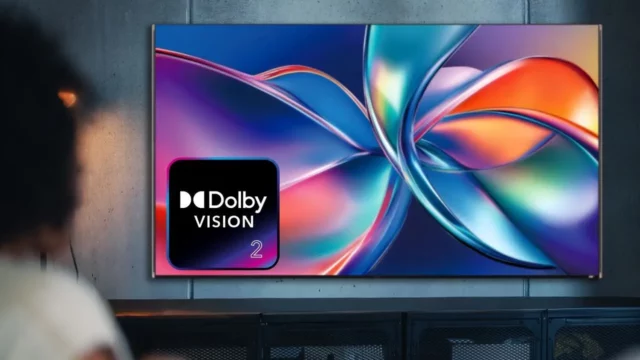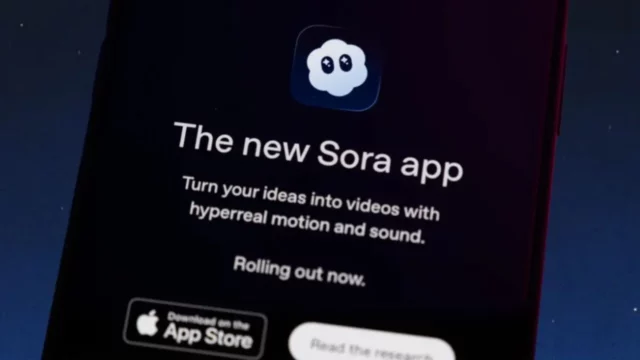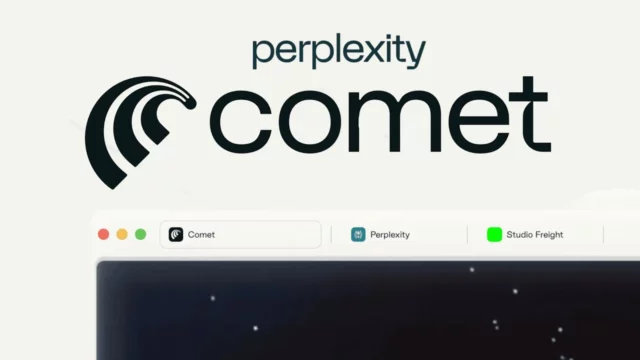Apple may finally be getting real about mixed reality. The upcoming Vision Air headset, reportedly launching in 2027, aims to strip away some of the weight, both literally and financially, from the Vision Pro. With a projected starting price around $1,750 and a design nearly half the weight, Apple is positioning Vision Air as the more practical sibling in its headset family.
Vision Air to launch with a lighter, leaner design
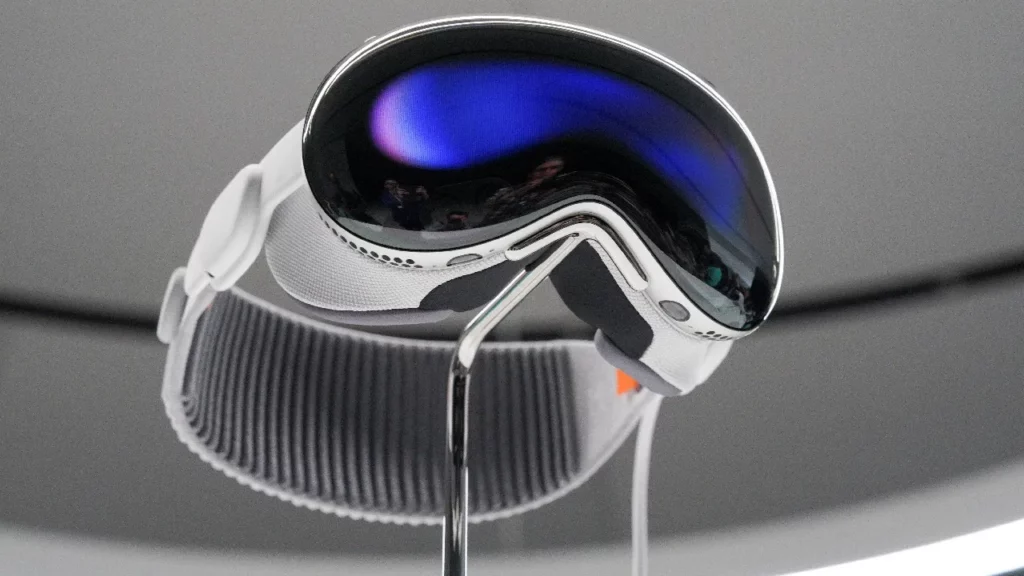
The current Vision Pro is powerful, sure, but it’s also bulky and costs more than most MacBooks. Vision Air looks like Apple’s attempt to fix both. According to analysts, the new headset will weigh over 40% less than the Vision Pro, finally getting the device under the one-pound mark. That’s a major change for comfort, especially for users spending more than a few minutes in spatial apps.
To make it happen, Apple is swapping out materials. Instead of titanium and glass, Vision Air will reportedly use a magnesium alloy frame and plastic components. The sensor layout will also be streamlined, which should help reduce both cost and complexity.
Vision Air trades M-series muscle for iPhone chips
One of the biggest differences between Vision Air and the Pro isn’t visible; it’s inside. Apple is expected to ditch the high-performance M-series chip used in Vision Pro and replace it with an A-series processor from the iPhone lineup. That sounds like a downgrade, but there’s nuance.
By 2027, Apple’s A-series chips, possibly the A21, will be built on TSMC’s 2nm process. That means solid performance, improved graphics, and better efficiency. For most users, especially those outside enterprise or pro workflows, this shift won’t feel like a compromise.
Here’s what Apple is reportedly changing with Vision Air
To cut costs and boost comfort, Apple is expected to make several big changes:
- Material swap: From titanium to magnesium alloy
- Lens and body redesign: Plastic instead of glass
- Chip downgrade: From M-series to A-series (likely A21)
- Lighter weight: Over 40% less than Vision Pro
- Streamlined sensors: Fewer and lighter internal components
This might actually sell
Vision Pro made headlines but not huge sales. Vision Air, with its smaller price tag and lighter build, could finally move Apple’s spatial computing tech into the hands of more people. Mass production is rumored to begin in Q3 2027, with a reveal likely near year’s end. If priced right and marketed with precision, Vision Air might do what Vision Pro couldn’t: go mainstream.
That said, slimming down isn’t risk-free. It will need to prove that thinner and cheaper doesn’t mean compromised. Otherwise, it’s just another $1,750 experiment wearing an Apple badge.


